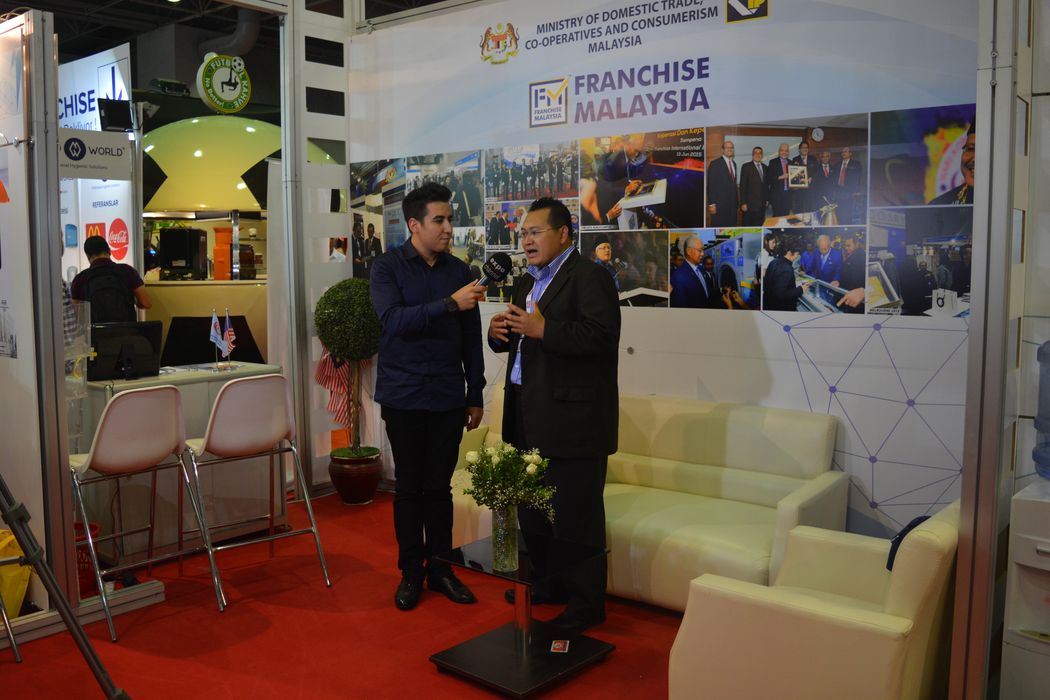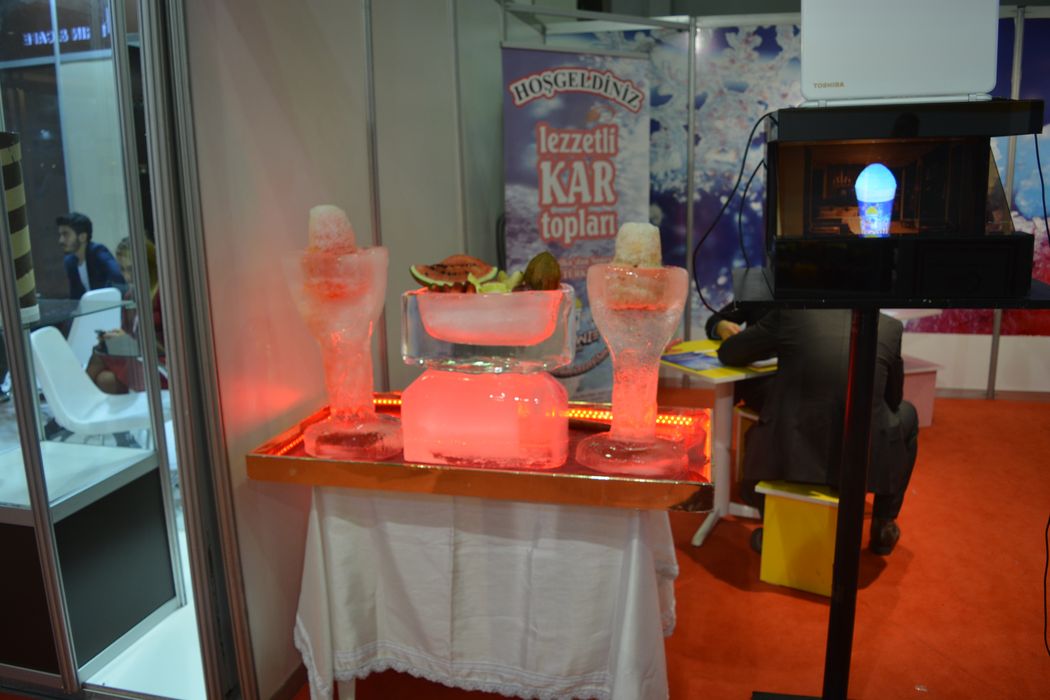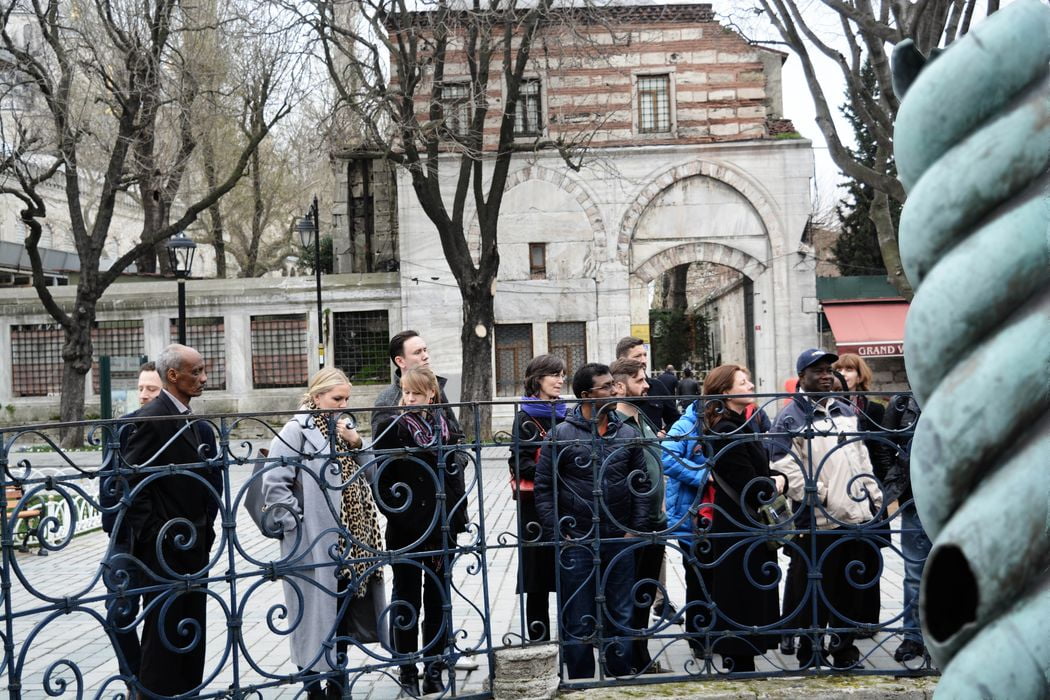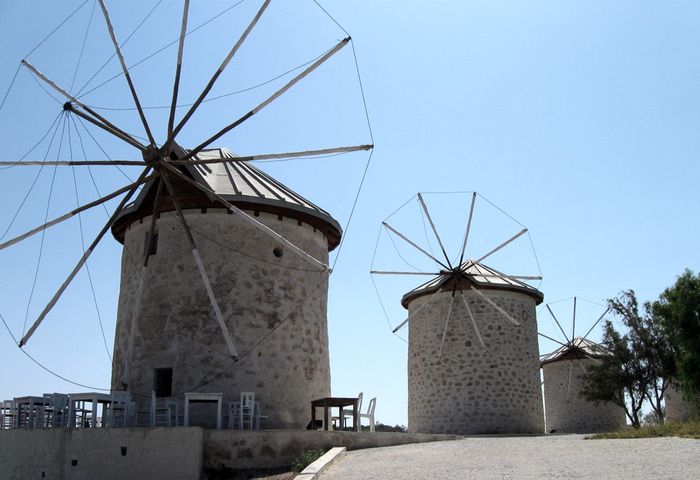Traditional crafts meet with the future
Our Country has so many traditional handicraft in number, however today each is known by five people at most; who are not able to transfer them to future generations. In the end, these handicraft works disappear off the face of the earth, never to be remembered…
On its 85th foundation anniversary, Anadolu Sigorta embarked on a quest of a social responsibility project and managed to take a most positive step towards protecting our traditional art. That is how the ‘One Master Thousand Masters’ project is realized.
Aims of the ‘One Master Thousand Masters’ project are; to draw public attention to vanishing professions and local values, to rejuvenate these professions and to help deliver masters’ experiences to the future. The project is conducted through technical consultancy of the Ministry of Culture and Tourism Research and Education Directorate. The ministry determines and suggests the professions as well as the cities.
Kargi cloth
Traditional crafts – I was born on 10 June 1983 in Kargi. Studied in Trakya University Department of General Textile Finishing. I teach ‘Kargi cloth weaving’, an almost forgotten handicraft. This profession dates back to 1850s.In Kargi and in neighboring villages, women would construct their own clothing and trousseau on weaving rooms that were present in almost every house.
As it is hundred percent cotton, thus anti-perspiring, Kargi cloth was widely used especially in underwear, women-men shirts and kids clothing. In addition to that, textiles woven with silk and drapery, ‘peskir’ (thin towel) and gowns had been sine qua non of trousseau. Kargi cloth experienced its golden age in 1960s as almost in every house there was a weaving loom. However, with the technological and industrial developments, easy, effortless and cheap industrial weaving caused its oblivion.





